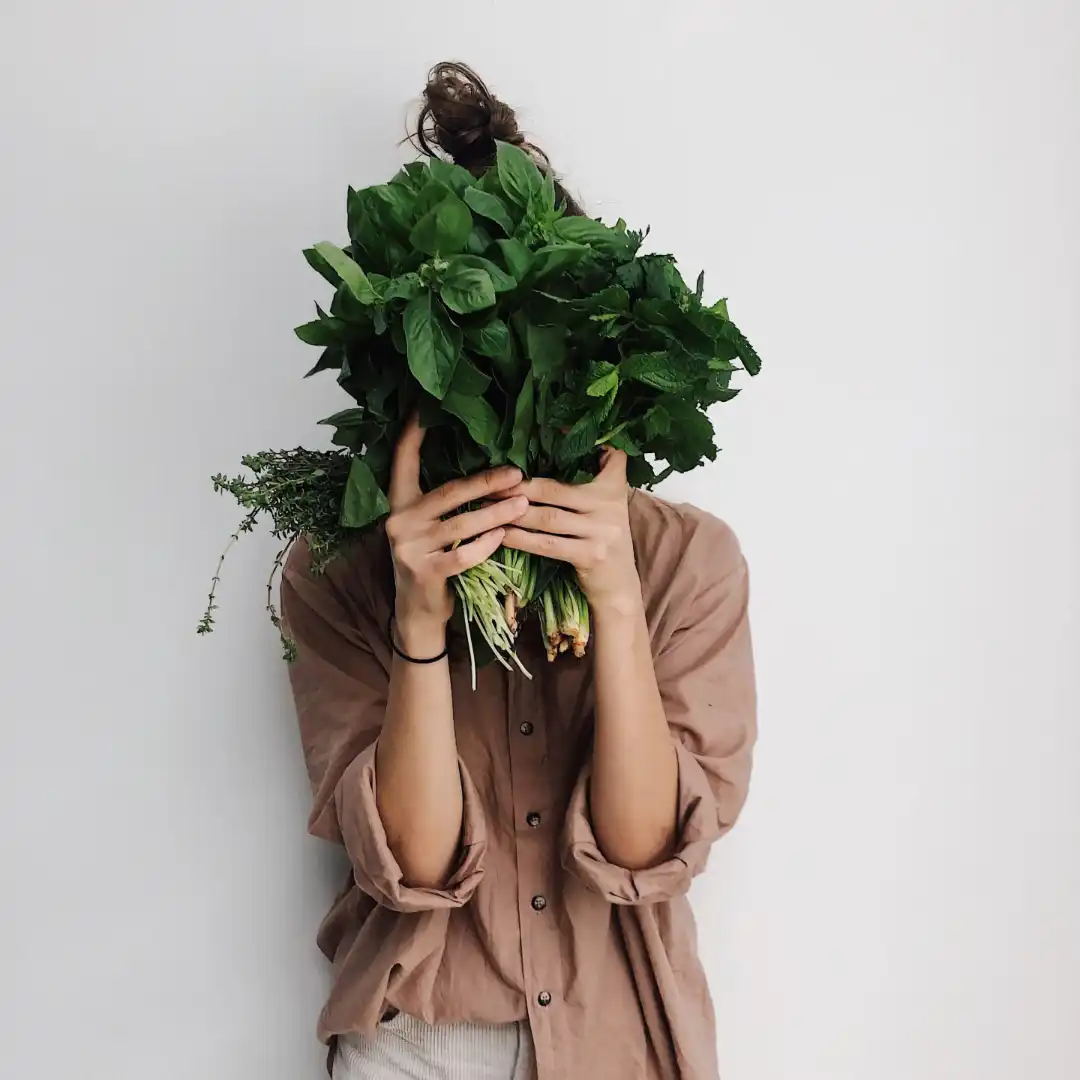By Paris Papachristos, Dietitian-Nutritionist, M.Sc.
A common concern surrounding vegetarian/vegan diets is that they may be associated with nutrient deficiencies. One of these nutrients is protein.
Protein is one of the most important macronutrients of a balanced diet, playing a very important role in the development and proper functioning of the body, especially during childhood, adolescence and pregnancy. It provides energy to the body and is a structural component of muscles, cartilage, skin and blood. It also contributes to the maintenance and repair of cells and tissues, participates in the regulation of metabolism, reduces the loss of muscle mass, increases lean body mass and contributes to muscle recovery.
How much protein do we need?
According to recommendations for the general population, an average person needs about 0.8-1.0g of protein per kilogram of body weight. Depending on the level of physical activity, the daily protein needs increase. If you are physically active, for example, you need more protein than a healthy sedentary person. The above quantity corresponds to approximately 15-20% of your total energy needs and one protein food in most of your meals or snacks is enough to cover your needs.
The difference between vegan and animal protein
Proteins are made up of amino acids. There are 20 naturally occurring amino acids that the body uses to synthesize proteins. Of these 20 amino acids, 9 are considered essential and must be obtained from the diet.
Proteins of animal origin contain all 9 essential amino acids in sufficient quantities. Plant foods also contain all 9 essential amino acids — however, with a few exceptions, most usually provide a limited amount of at least one of them. However, if your diet contains a variety of plant-based protein sources, you can get sufficient amounts of all the essential amino acids you need!
10+1 sources of plant protein
1. Seitan
Seitan is a popular source of protein for many vegetarians and vegans. It is made from gluten, the main protein in wheat. It has a similar appearance and texture to meat when cooked. It contains about 25 grams of protein per 100 grams, making it one of the richest sources of plant protein! However, because it contains wheat, it cannot be consumed by people with celiac disease and other intolerances or allergies related to gluten or wheat. Additionally, as a processed food, it is good to be consumed in moderation.
2. Tofu, tempeh and edamame
Tofu, tempeh and edamame are derived from soybeans and are particularly popular in East Asian cuisine. Soy is considered a source of protein of comparable biological value to that of meat, as it contains all the essential amino acids the body needs. These foods provide about 12–20 grams of protein per 100 grams.
3. Legumes
Legumes have a high protein content, almost twice as much as whole grains. The vegan proteins contained in legumes have a lower biological value, due to the lack of the essential amino acid methionine. However, if you combine them with foods that contain methionine, such as cereals, nuts or seeds, you will get proteins of high biological value. Such combinations are lentil rice, chickpea rice, beans with corn. Lentils (9g of protein per 100g), lupins (15.6g of protein per 100g), chickpeas (8.86g of protein per 100g) and red beans (8.67g of protein per 100g) are the types of legumes with the highest protein content.
4. Nutritional yeast
Nutritional yeast is a natural fermentation product of the fungus Saccharomyces cerevisiae and is sold in powder or flake form. It has a cheesy taste and goes well with dishes, such as mashed potatoes, pasta with sauce and soups. Nutritional yeast contains about 8 grams of protein per 2 tablespoons.
5. Peas
Cooked peas contain almost 9 grams of protein per cup (160 grams). They can be included in the diet in various ways, such as roasted, with lemon, in a salad, in the form of puree, etc.
6. Amaranth and quinoa
Amaranth and quinoa belong to pseudocereals. They contain 8–9 grams of protein per cooked cup and are sources of complete protein, unusual among grains and pseudo-grains.
7. Soy milk
Soy milk is made from soybeans and is usually fortified with vitamins and minerals. Contains about 6 grams of protein per cup (244 mL). It is better to choose soy milk without added sugar.
8. Wild rice
Wild rice contains about 1.5 times more protein than other varieties of rice, including brown rice and basmati. One cup of cooked rice provides almost 7 grams of protein.
9. Nuts, nut butters and other seeds
Nuts, seeds and nut butters are excellent sources of protein. Depending on the species, 30 grams contain about 5-7 grams of protein.
10. Vegetables
Although all vegetables contain a small amount of protein, some have a higher content than others. Examples of vegetables high in protein are broccoli, spinach, asparagus, artichokes, potatoes, sweet potatoes, corn and Brussels sprouts, which typically contain 4-5 grams of protein per cooked cup.
Using protein powder in a vegan, 100% plant-based form can bridge any nutritional deficiencies and minimize the risk of developing deficiencies. Add it to smoothies and various other preparations, such as pancakes, cookies, cakes or veggie burgers. Thus, in an easy and practical way, you can supplement your protein intake and fully cover your needs.
SOURCES
- Vesanto M. et al. Position of the Academy of Nutrition and Dietetics: Vegetarian Diets. J Acad Nutr Diet. 2016 Dec;116(12):1970-1980.
- Hertzler SR et al. Plant Proteins: Assessing Their Nutritional Quality and Effects on Health and Physical Function. Nutrients. 2020 Dec; 12(12): 3704.
- U.S. Department of Agriculture, Agricultural Research Service. FoodData Central, 2019. fdc.nal.usda.gov.
